This is the perfect 'Goldilocks' house temperature your thermostat should be to avoid frozen pipes – achieve it affordably with insulation, airflow, and heat tape
Learn the pivotal temperature to keeping your pipes flowing all winter
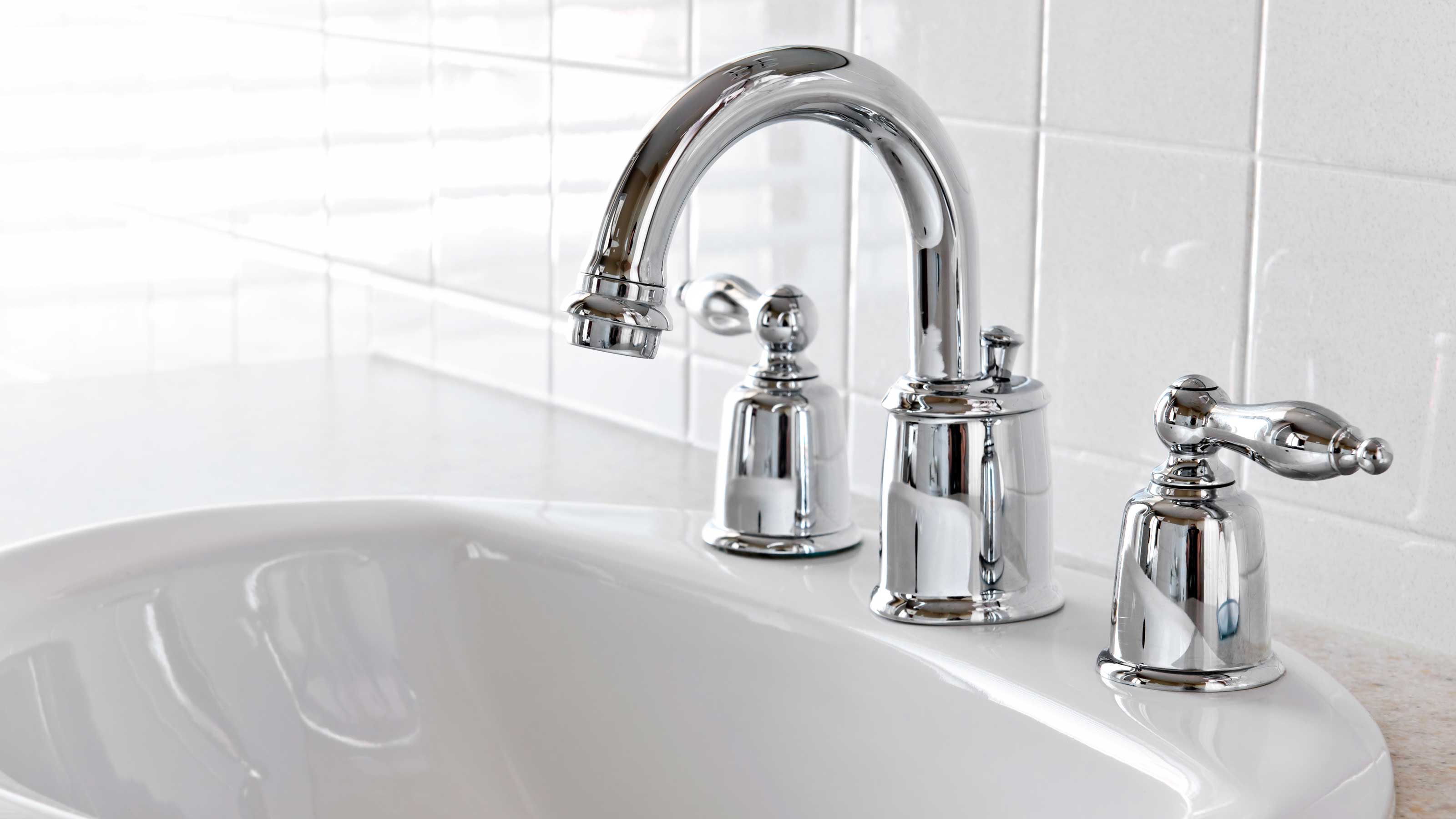

As the temperatures drop, you might worry about your pipes freezing. Frozen pipes can cause significant damage, from home floods to costly repairs, so it’s crucial to take precautions as soon as cold weather sets in.
One of the simplest ways to protect your home is by maintaining the perfect indoor temperature to keep your pipes safe. Our plumbers all agree the ‘Goldilocks’ temperature range to keep both your pipes safe in a freeze is between 55-60° Fahrenheit.
Here, they share how to keep your pipes at this perfect temperature without breaking the bank to avoid the risk of frozen pipes.
The perfect temperature to avoid frozen pipes
Generally speaking, the time to worry about frozen pipes is when the temperature drops below 32°F outside, begins Robert Mazzacone, master plumber and owner of Mazzacone Plumbing & Heating.
Keeping your pipes at an ambient temperature of around 55-60°F will, therefore, keep them safe from blocks and bursts without sending your bills soaring. Robert also adds, ‘If your home is well-insulated and pipes are protected, you might be able to go slightly lower so long as outdoor temperatures do not drop below 20°F, and your pipes are not in exposed areas, such as crawl spaces, basements, or unheated areas.’

Mike Henderson, VP of operations at Mr. Rooter Plumbing, a Neighborly company, says, ‘Keeping your house thermostat at least 60° Fahrenheit when outside temperatures drop below freezing will prevent pipes from freezing; this range keeps water in the pipes above freezing, even in unheated areas, while minimizing energy use.’
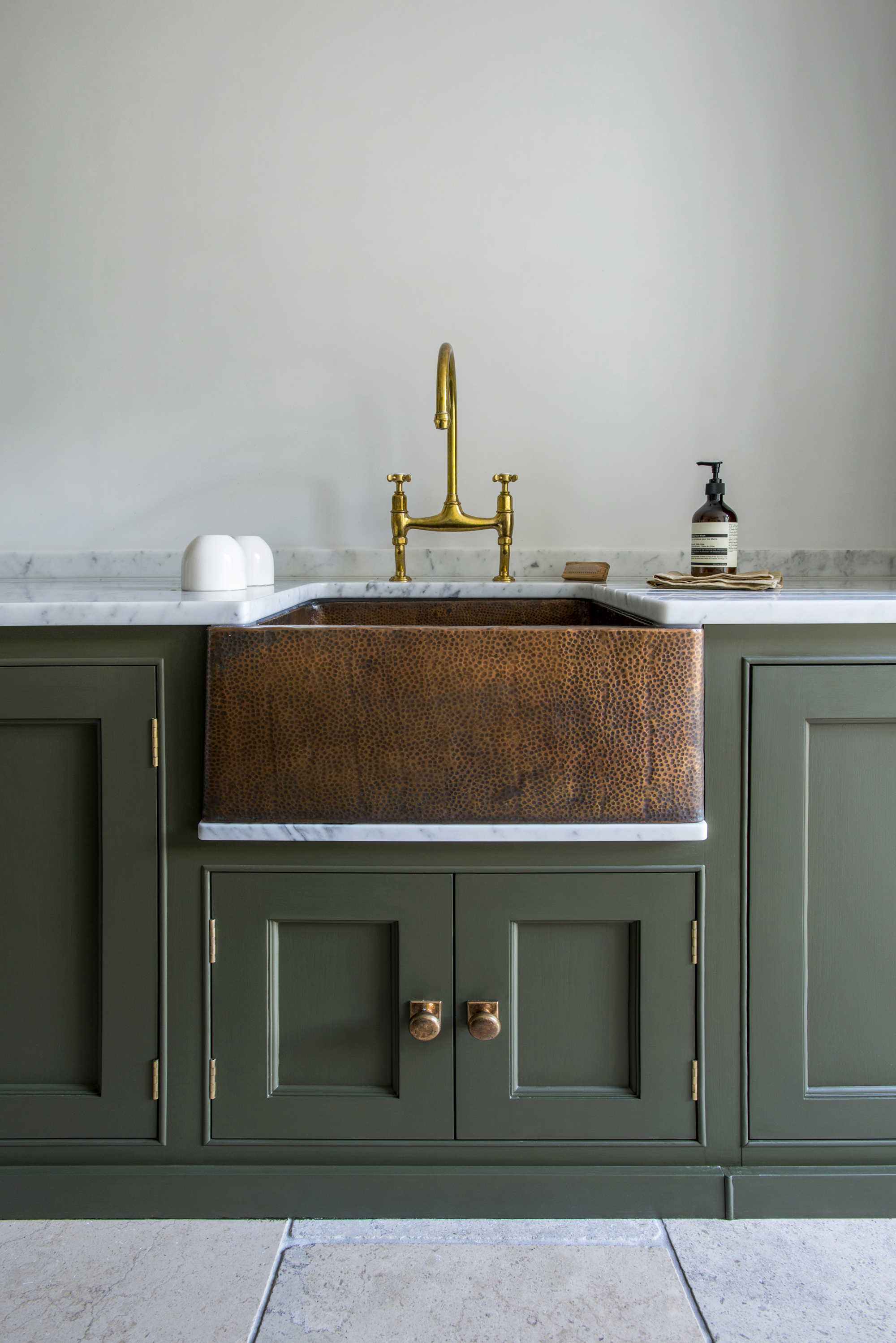
Eduard Mirzoian, CEO at Restorerz agrees, but is a little more flexible, ‘I recommend keeping your home's temperature above 55°F during winter,’ he says. ‘This strategy helps prevent pipes from freezing without causing your energy costs to spike. Maintaining this temperature usually will make sure that water continues to flow freely and doesn't turn to ice in the pipes.
How to keep pipes warm and free-flowing
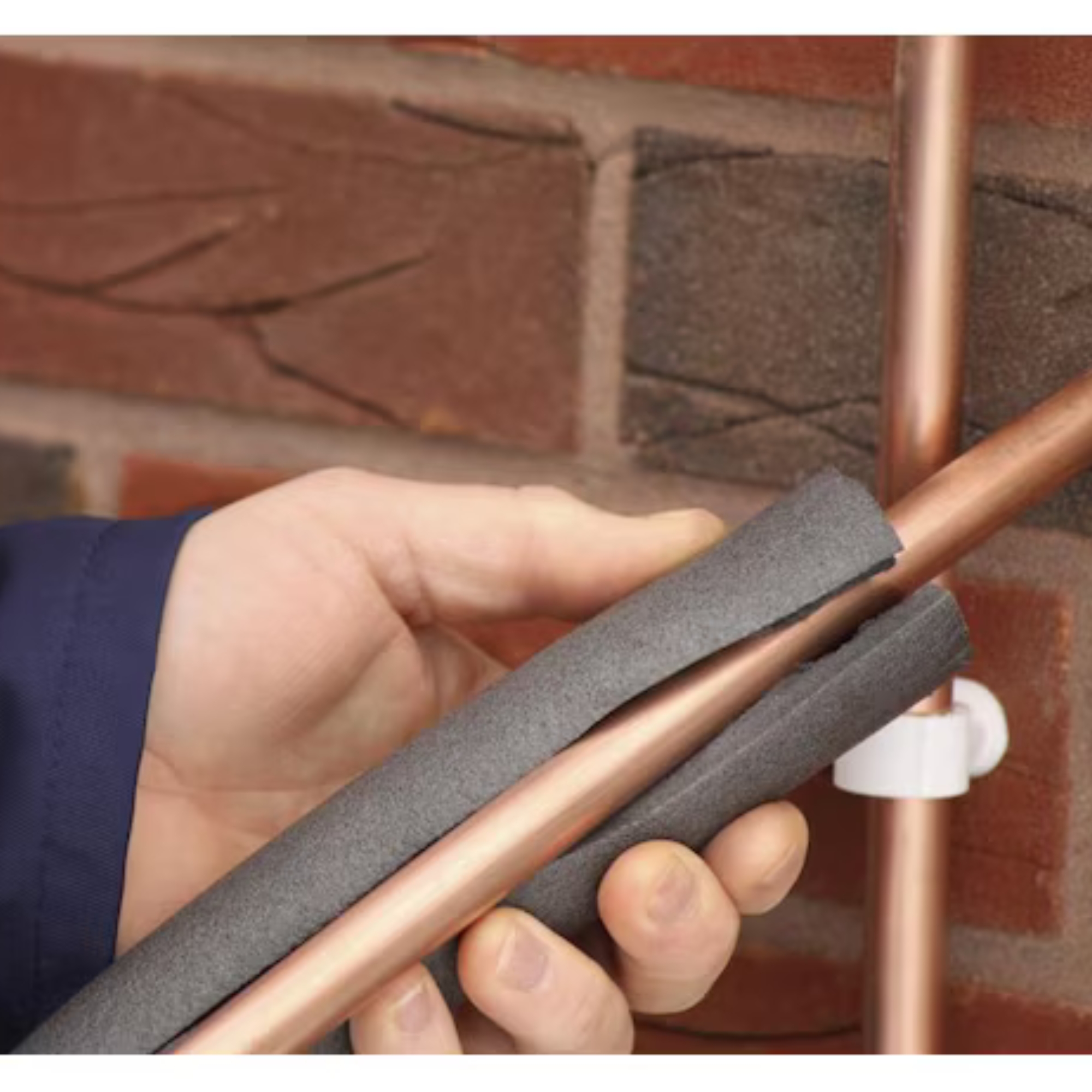
Luckily, our experts assure us that it is easy to maintain this temperature efficiently while cutting energy bills. A range of measures, such as draft-proofing your home, using smart thermostats, and insulating pipes and windows will all contribute to an overall warmer – and safer – ambient temperature.
- Keep faucets dripping: Mike Henderson, VP says, ‘You’ve likely heard the idiom, A rolling stone gathers no moss. A similar thing is true when it comes to running water and freezing. If you drip faucets around your home when the temperatures drop below freezing, the water won’t stay still in your pipes, preventing the likelihood of a freeze.’
- Insulate pipes: Eduard Mirzoian, plumber adds, ‘For an added layer of safety, I would add foam pipe insulation, available at Amazon, to any exposed pipes in basements, attics, and crawlspaces. When thinking about energy efficiency, I think about using heat tape or pipe warmers, such as the top-rated Vevor self-regulating heating cable from Walmart, especially for pipes situated in exterior walls or in especially cold parts of the house. These tools are great for keeping things warm without using too much power.’
- Keep air flowing around pipes: Improving ventilation might be the last thing you consider when trying to keep hot air in the important areas of your home, however, Mike adds, ‘When temperatures plummet, it’s time to open up those cabinets and cupboards. Whenever possible, increase the airflow to your pipes. This allows warm air to regulate pipe temperatures and keep them from freezing. This strategy also works wonders for thawing frozen pipes.’
- Run your heating: Of course, the most obvious way to winterize your indoor plumbing is to keep your home warm, reminds Mike Henderson. ‘Hopefully, you’re already running the heater when it drops below freezing, but if you aren’t, you should. Increasing the temperature in your home can reduce the chance of a pipe freeze.’ Using a programmable thermostat will make maintaining the best temperature for a thermostat in winter easier and keep your home warm all day.
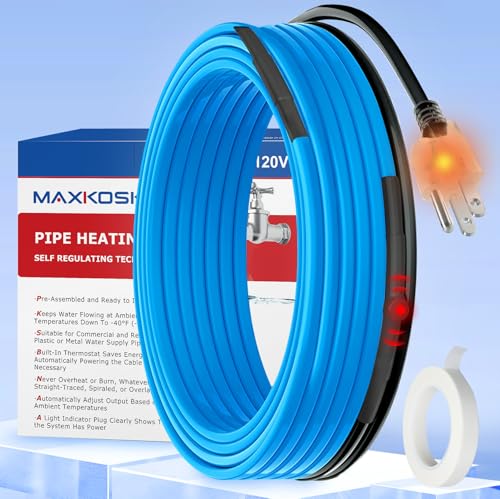
This self-regulating heat tape comes in 19 length options to help you protect every pipe in your home. It protects your pipes in temperatures as low as -40°F
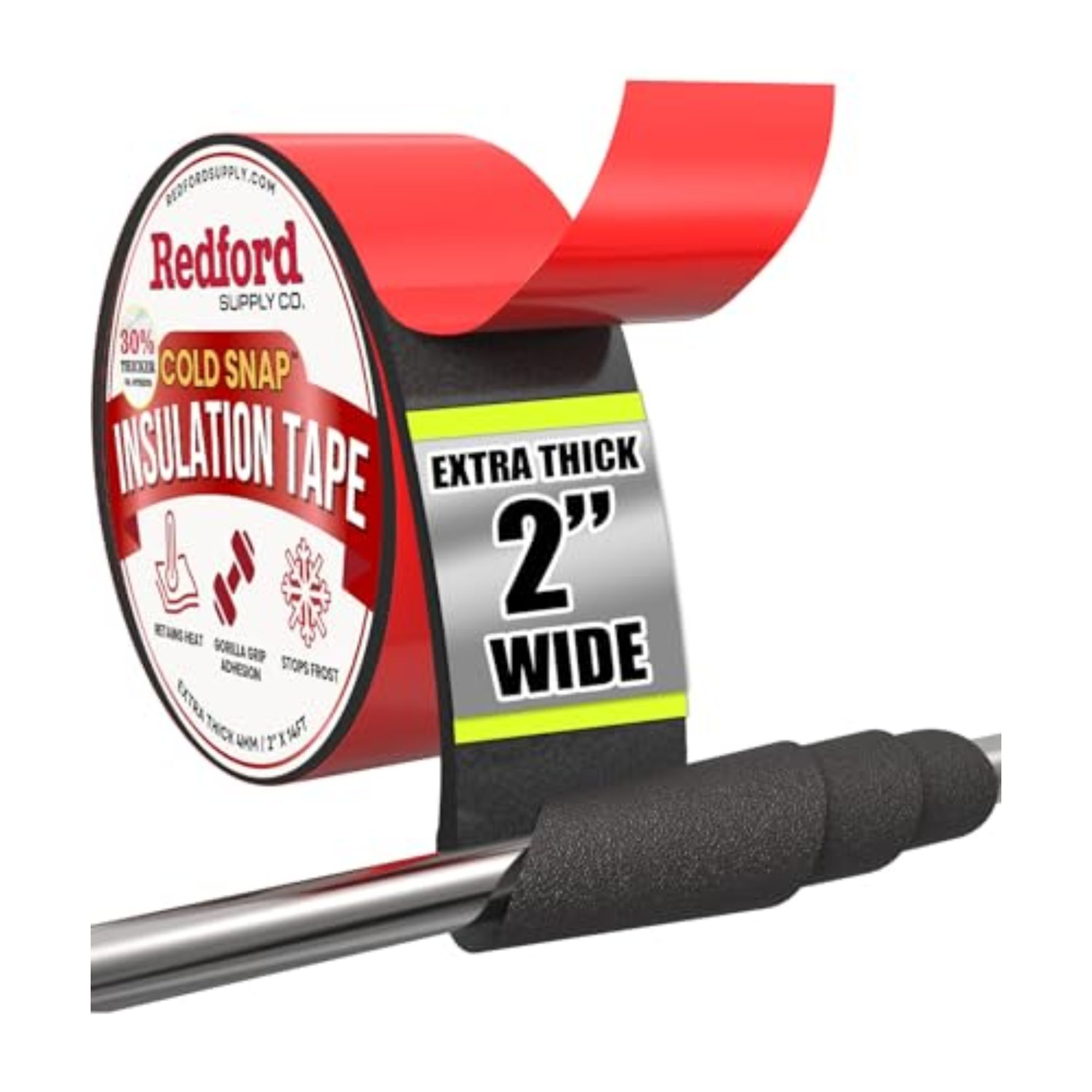
Perfect for both indoor and outdoor use , this foam insulation tape will keep your pipes warm and protected from frost in heated homes
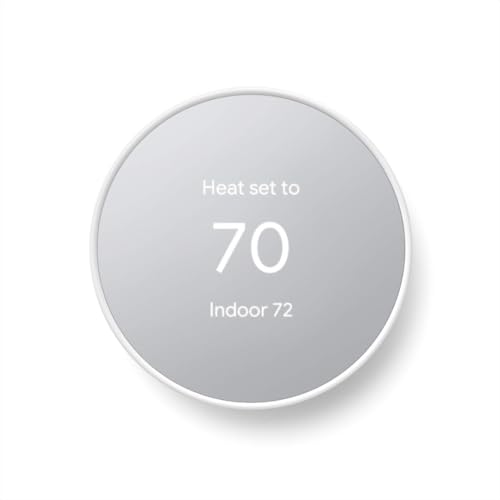
This smart thermostat is compatible with most modern heating systems and makes controlling your heating from anywhere simple, helping to keep your home a safe temperature even when away on winter break
Your indoor pipes might be your priority in winter, but you cannot forget about stopping outdoor spigots from freezing, reminds Eduard Mirzoian, plumber. These freeze up very quickly and are connected to the same main water source. He says, ‘Covering outside faucets with pipe insulation sleeves is perfect and will help protect your whole system.’
You can also let an outdoor faucet drip to prevent freezing.
Sign up to the Homes & Gardens newsletter
Design expertise in your inbox – from inspiring decorating ideas and beautiful celebrity homes to practical gardening advice and shopping round-ups.

Chiana has been at Homes & Gardens for two years and is our resident 'queen' of non-toxic living. She spends most of her time producing content for the Solved section of the website, helping readers get the most out of their homes through clever decluttering, cleaning, and tidying tips. She was named one of Fixr's top home improvement journalists in 2024.
-
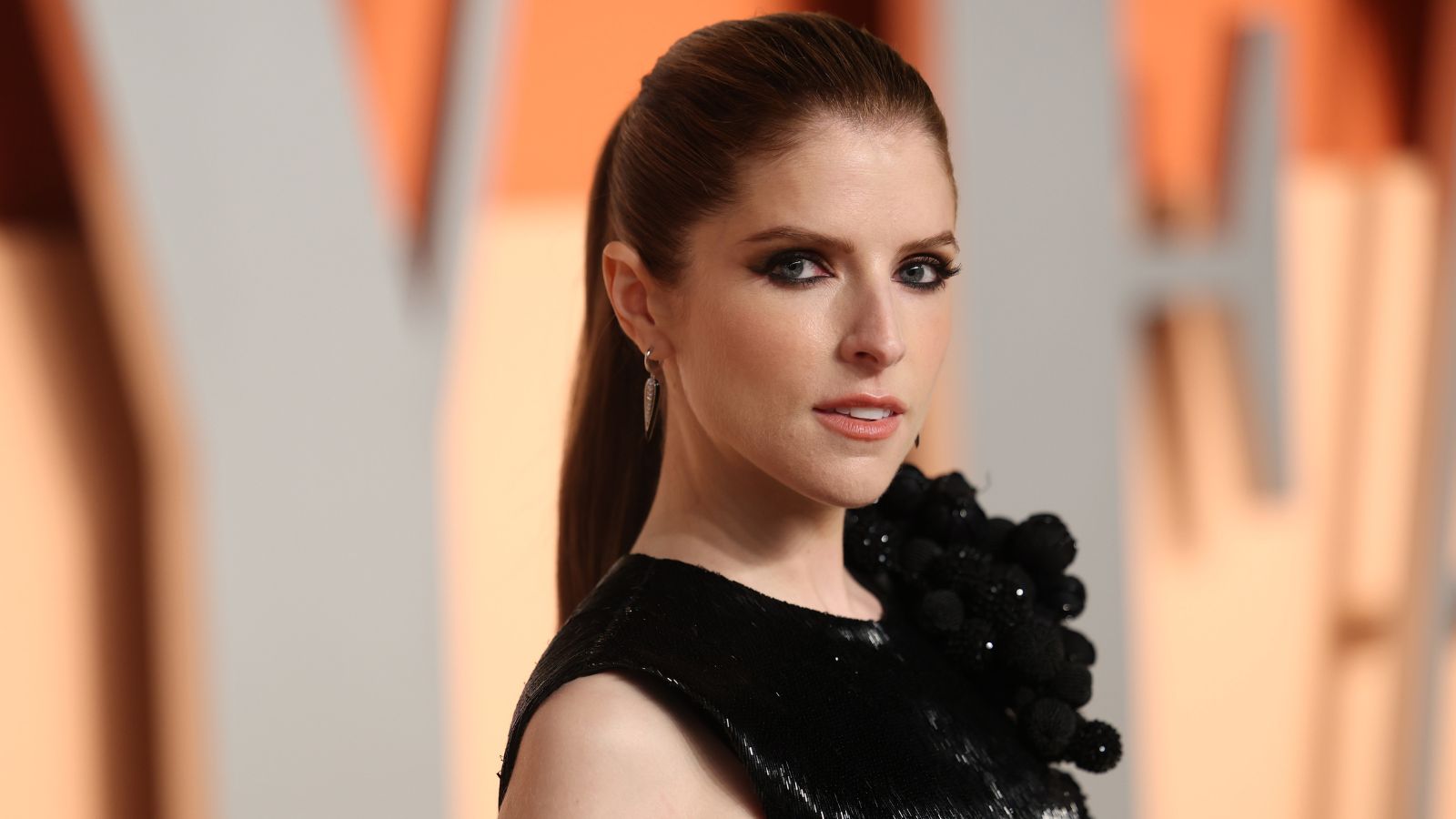 Anna Kendrick's favorite coffee maker is the first machine to make iced beverages that are 'just as cold as a coffee shop' – it's currently under $200
Anna Kendrick's favorite coffee maker is the first machine to make iced beverages that are 'just as cold as a coffee shop' – it's currently under $200The actress uses this smart machine to make perfect mocha frappes straight out of her kitchen – it's a summer 2025 must-have
By Hannah Ziegler
-
 Put your 'purgatory place' and 'dust detective' in play – 6 expert tricks professional organizers use to effortlessly edit down belongings
Put your 'purgatory place' and 'dust detective' in play – 6 expert tricks professional organizers use to effortlessly edit down belongingsStress-free streamlining is entirely within sight
By Andy van Terheyden
-
 5 surprisingly practical ways to re-purpose old bed sheets for cleaning, decluttering and storage at home
5 surprisingly practical ways to re-purpose old bed sheets for cleaning, decluttering and storage at homeDon't ditch worn-out bedding – there's life in them yet
By Natasha Brinsmead
-
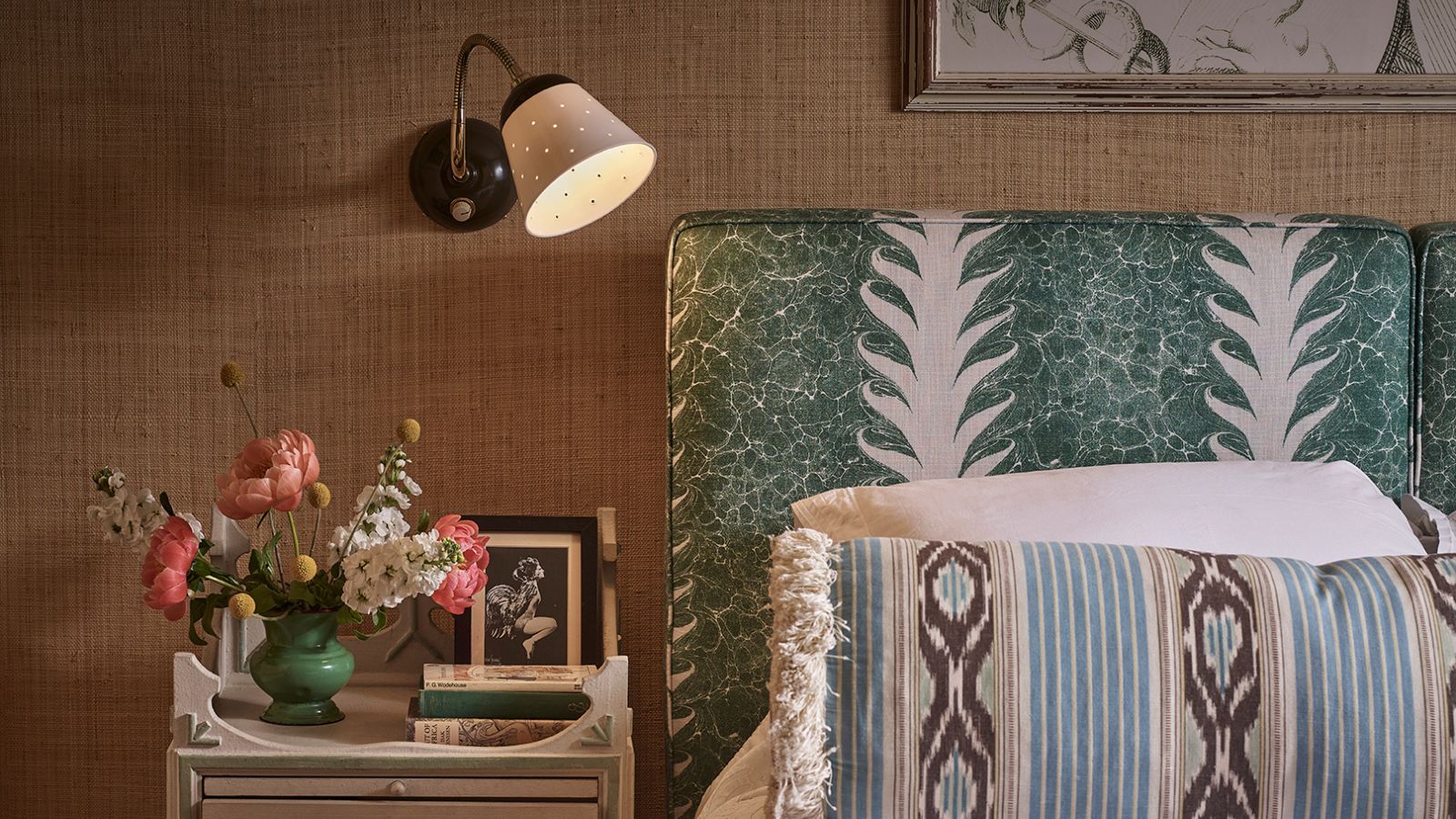 Do you need to turn the lights off when you leave a room? Experts have ended this time-honored debate once and for all
Do you need to turn the lights off when you leave a room? Experts have ended this time-honored debate once and for allOn or off? We delve into the details of this age-old dispute
By Chiana Dickson
-
 I tried the baking soda trick to quickly and naturally clean my outdoor rug – it’s now set for Easter outdoor hosting
I tried the baking soda trick to quickly and naturally clean my outdoor rug – it’s now set for Easter outdoor hostingBaking soda is perfect for lifting dirt and debris
By Eve Smallman
-
 The 5 worst things you can do to your fridge – these will drive up energy costs and result in pricey and regrettable repairs
The 5 worst things you can do to your fridge – these will drive up energy costs and result in pricey and regrettable repairsIt's crucial to swerve these blunders, appliance experts warn
By Ottilie Blackhall
-
 Extend the lifespan of your appliance with 5 simple but crucial washing machine maintenance tips
Extend the lifespan of your appliance with 5 simple but crucial washing machine maintenance tipsFrom cleaning the filters to keeping the door open, experts reveal the washer tips they swear by
By Andy van Terheyden
-
 5 vital ways a home battery backup can help with your most urgent needs in a power outage – from heating to flood prevention and calls
5 vital ways a home battery backup can help with your most urgent needs in a power outage – from heating to flood prevention and callsExperts say they're a worthy investment
By Clement Feng
-
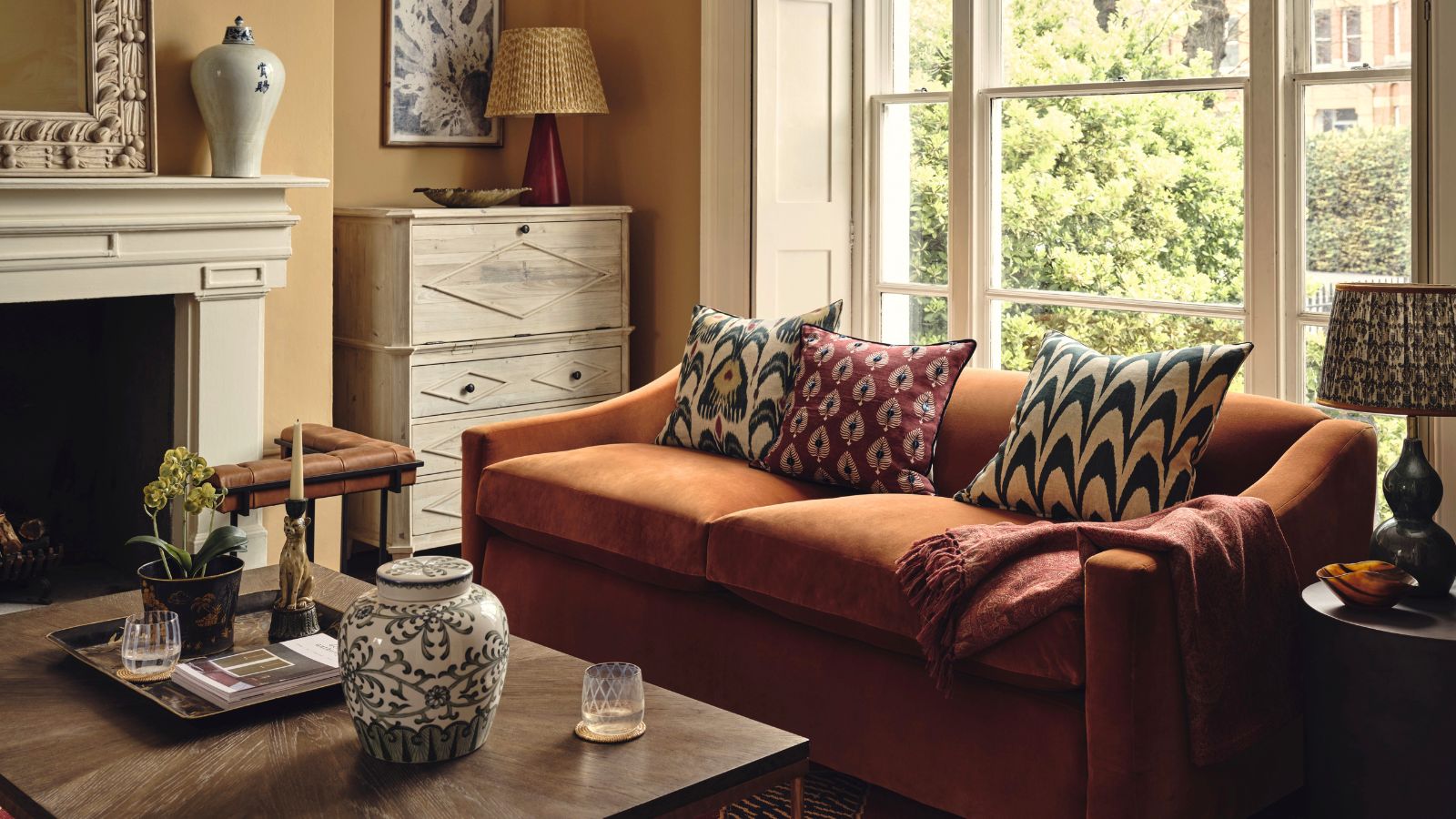 I’m an HVAC technician, and this is when I turn on my AC each year – plus 5 checks I always do beforehand
I’m an HVAC technician, and this is when I turn on my AC each year – plus 5 checks I always do beforehandSave yourself an AC hassle by running my checks and turning it on before big heat hits
By Josh Mitchell
-
 6 things you should never throw in the trash – and what to do for safe disposal instead
6 things you should never throw in the trash – and what to do for safe disposal insteadFrom batteries to space heaters, experts reveal what not to throw
By Andy van Terheyden